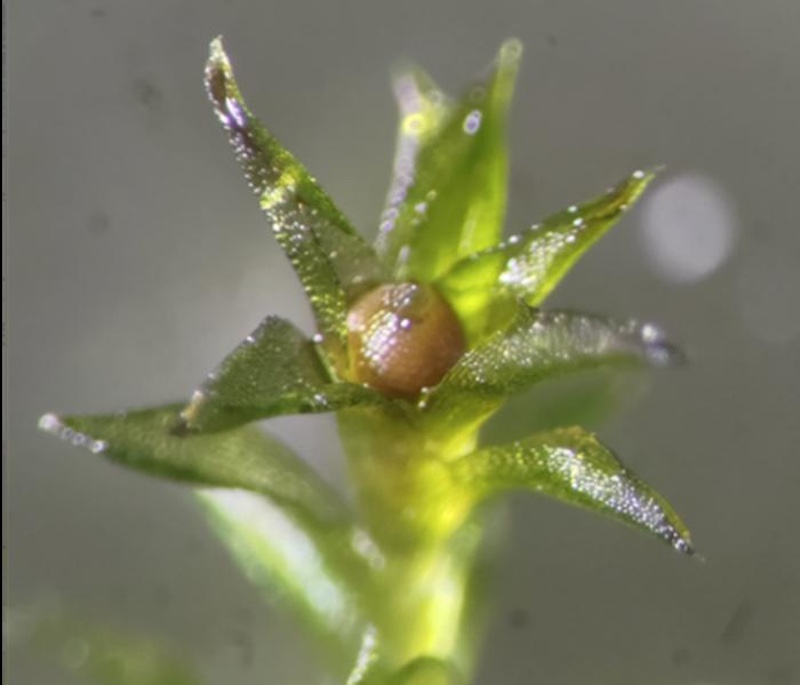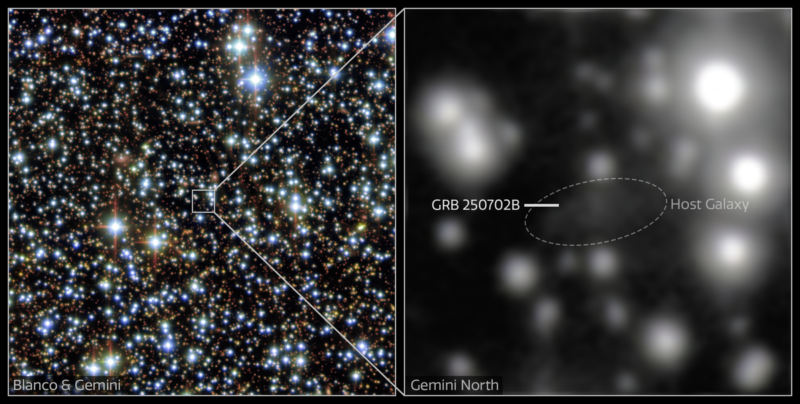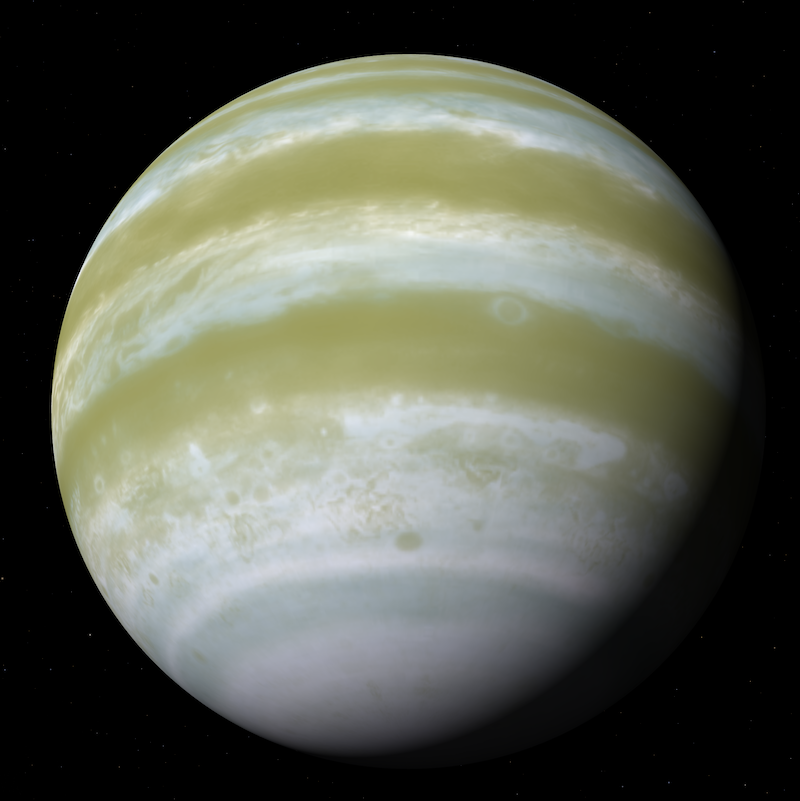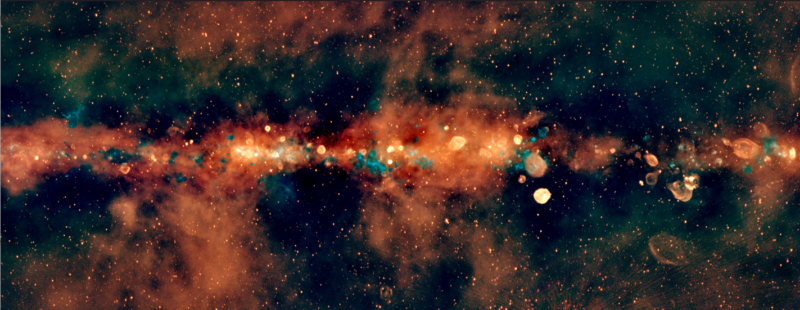Now Reading: Super-Earth 18 light-years away sparks hope for life in space
-
01
Super-Earth 18 light-years away sparks hope for life in space
Super-Earth 18 light-years away sparks hope for life in space
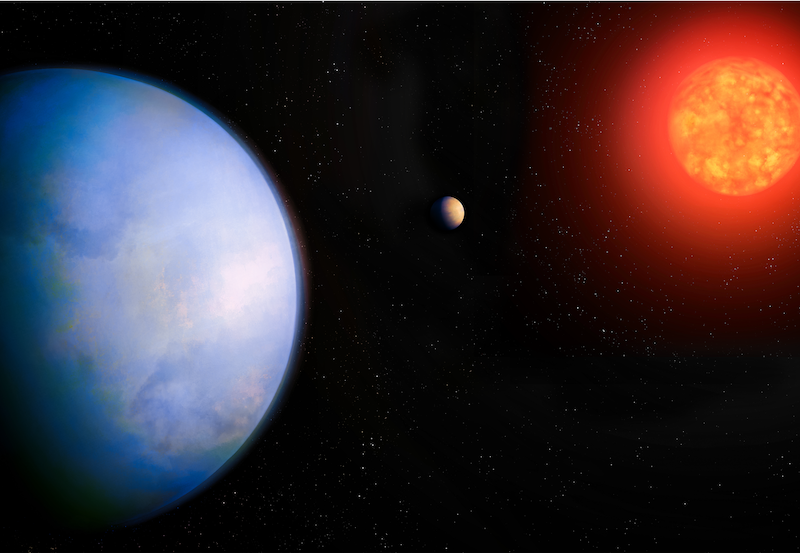
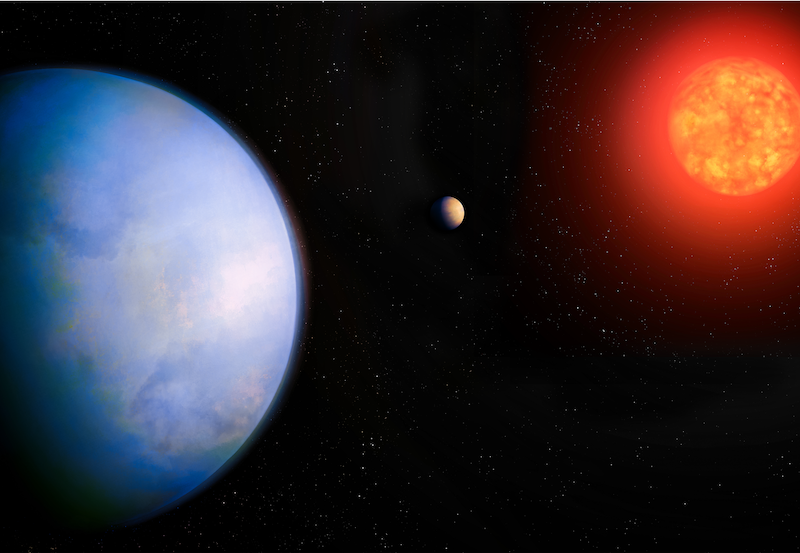
- GJ 251 c is a super-Earth exoplanet 18 light-years from Earth. It is one of two known planets in its planetary system.
- It could be potentially habitable, meaning – to an astronomer – its physical conditions might allow life, perhaps microbial life.
- The planet is an ideal target for future observations with existing and new telescopes.
Meet super-Earth GJ 251 c
Astronomers have discovered another potentially habitable exoplanet orbiting a nearby star. A team of researchers, led by the University of California Irvine, said on October 23, 2025, that the planet – GJ 251 c – is in the habitable zone of its red dwarf star. The habitable zone is the region of space around a star in which liquid water might exist. This newly discovered planet is likely rocky, like Earth. But it’s about four times more massive: hence, a super-Earth. It orbits its star every 54 days and is only 18 light-years away from Earth.
In the habitable zone, temperatures on a rocky planet could allow liquid water to exist, depending on other conditions as well.
The researchers used the Habitable Zone Planet Finder (HPF) instrument on the Hobby-Eberly Telescope at the McDonald Observatory in Texas. They further confirmed the discovery with the NEID spectrometer on a telescope at the Kitt Peak National Observatory in Arizona.
The new discovery is peer-reviewed and The Astronomical Journal published it on October 23, 2025.
An exciting new discovery
The discovery is just the latest of a potentially habitable exoplanet. But GJ 251 c is exciting because it is ideal for follow-up studies by other telescopes. And its closeness at only 18 light-years makes that task easier. Co-author Paul Robertson at UC Irvine said:
We have found so many exoplanets at this point that discovering a new one is not such a big deal. What makes this especially valuable is that its host star is close by, at just about 18 light-years away. Cosmically speaking, it’s practically next door.
Radial velocity method
The researchers found the planet using the radial velocity method. Simply put, that’s when astronomers can detect a planet because its gravity tugs slightly on the star and that “wobble” can be measured. But more is still needed to learn more about this world, however. As lead author Corey Beard, an astrophysicist at the University of California Irvine noted:
We are at the cutting edge of technology and analysis methods with this system. While its discovery is quite statistically significant, we are still determining the status of the planet due to the uncertainty of our instruments and methods. We need the next generation of telescopes to directly image this candidate, but what we also need is community investment.
In addition, the researchers used the radial velocity measurements of another inner planet, GJ 251 b, as a baseline.

Super-Earth 18-light-years away … and habitable?
So, is GJ 251 c habitable? We don’t know yet. The researchers said it is potentially habitable since it is rocky and in the habitable zone of its star. Yet there is still a lot we don’t know about it. Co-author Suvrath Mahadevan at Pennsylvania State University said:
We look for these types of planets because they are our best chance at finding life elsewhere. The exoplanet is in the habitable or the ‘Goldilocks Zone,’ the right distance from its star that liquid water could exist on its surface, if it has the right atmosphere.
We call it the Habitable Zone Planet Finder, because we are looking for worlds that are at the right distance from their star that liquid water could exist on their surface. This has been the central goal of that survey. This discovery represents one of the best candidates in the search for atmospheric signature of life elsewhere in the next five to 10 years.
While we can’t yet confirm the presence of an atmosphere or life on GJ 251 c, the planet represents a promising target for future exploration. We made an exciting discovery, but there’s still much more to learn about this planet.
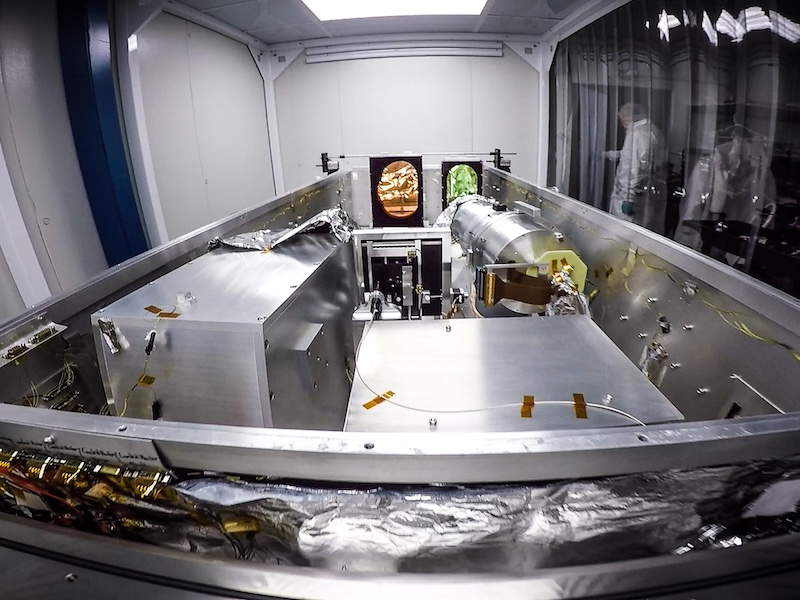
A prime target for future observations
GJ 251 c is ideal for follow-up observations on other telescopes. As the paper notes:
GJ 251’s proximity to Earth and its favorable spectral type make it a prime target for future direct imaging missions on next generation telescopes, and it is a particularly valuable northern target.
Because GJ 251 c orbits in the habitable zone of a nearby star, it is likely one of the most promising places to search for biosignatures with next generation telescopes. We show using climate simulations that temperate surface conditions could exist on GJ 251 c, and we highlight spectral features that may be observed via direct imaging.
Eric Ford at Penn State’s Institute of Computational & Data Sciences (ICDS) added:
The combination of exquisite data and state-of-the art statistical methods enabled our interdisciplinary team to transform data into an exciting discovery that paves the way for future observatories to search for evidence of life beyond our solar system.
Until then, current telescopes and instruments like the Habitable Zone Planet Finder are already helping to find potentially habitable worlds around other stars.
Bottom line: Astronomers have found a new super-Earth 18 light-years away. Exoplanet GJ 251 c is both nearby and in the habitable zone of its star.
Source: Discovery of a Nearby Habitable Zone Super-Earth Candidate Amenable to Direct Imaging
Via University of California, Irvine
Via Pennsylvania State University
Read more: Eyeball ocean world? Webb reveals an intriguing super-Earth
Read more: Super-Earths may have long-lasting oceans
The post Super-Earth 18 light-years away sparks hope for life in space first appeared on EarthSky.
Stay Informed With the Latest & Most Important News
Previous Post
Next Post
-
 012024 in Review: Highlights from NASA in Silicon Valley
012024 in Review: Highlights from NASA in Silicon Valley -
 02Panasonic Leica Summilux DG 15mm f/1.7 ASPH review
02Panasonic Leica Summilux DG 15mm f/1.7 ASPH review -
 03From Polymerization-Enabled Folding and Assembly to Chemical Evolution: Key Processes for Emergence of Functional Polymers in the Origin of Life
03From Polymerization-Enabled Folding and Assembly to Chemical Evolution: Key Processes for Emergence of Functional Polymers in the Origin of Life -
 04How New NASA, India Earth Satellite NISAR Will See Earth
04How New NASA, India Earth Satellite NISAR Will See Earth -
 05And Thus Begins A New Year For Life On Earth
05And Thus Begins A New Year For Life On Earth -
 06Astronomy Activation Ambassadors: A New Era
06Astronomy Activation Ambassadors: A New Era -
07SpaceX launch surge helps set new global launch record in 2024












